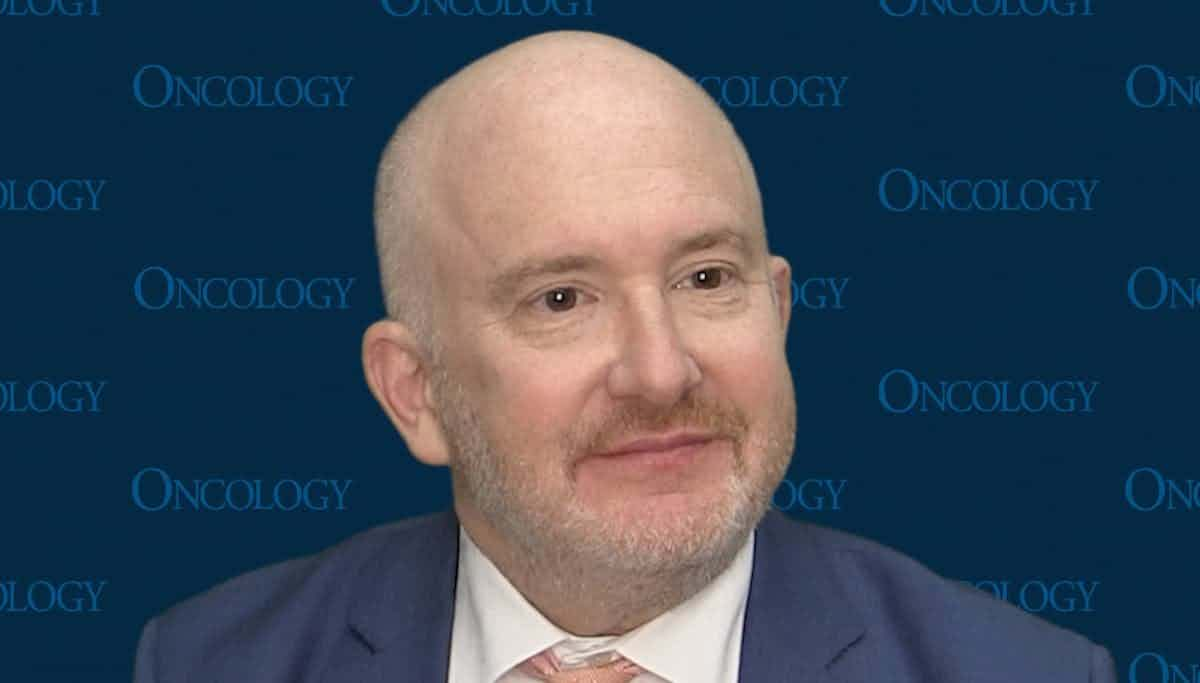Efforts to Prevent Radiation Esophagitis, Pneumonitis May Yield Better Outcomes
The 14 reports in this special supplement discuss theuse of the cytoprotectant amifostine in patients withcancer of the head and neck, esophagus, lung, andcervix, as well as those with lymphoma and acutemyelogenous leukemia. Discussions focus on thepotential of this agent to both reduce radiation sideeffects such as xerostomia and permit doseescalation of chemotherapy and/or radiotherapy.Improvements in treatment outcome and quality oflife as a result of cytoprotection are examined.
SEATTLE-Concurrentchemoradiotherapy improves survivaltime in non-small-cell lungcancer (NSCLC) but toxicity ishigher, and survival worsens iftreatment breaks are required.Approaches that limit radiationinducedesophagitis and pneumonitismight translate into betteroutcomes for NSCLC patients.Vivek Mehta, MD, a radiationoncologist at the Swedish CancerInstitute, Seattle, Washington, andinvestigators in the CommunityTrial Non-Small-Cell Lung CancerGroup are launching an open-label trial to test the effectivenessof amifostine (Ethyol) for preventingthese problems in patients withunresectable stage IIIA/IIIBNSCLC who are receiving weeklychemotherapy plus daily radiotherapy.

"Without cytoprotection, theV20-the percentage of lung receivingover 20 Gy of radiation-predicts the risk of radiation pneumonitis,as does the volumereceived over 30 Gy," Dr. Mehtasaid (see Figure 1). "There is a lineyou can draw such that the risk ofradiation pneumonitis is fourfoldhigher if 18% or more of lung volumereceives over 30 Gy."Cytoprotection With Amifostine
A study by Komaki et al suggestedbenefit from the addition ofamifostine to chemoradiation withcisplatin (Platinol) and etoposide(VePesid) in patients with inoperablestage II or III NSCLC.[1] Dr.Mehta said the trend did not reachsignificance, perhaps because thepatients were not followed for along enough period of time.The new open-label multicentertrial will enroll 350 patients withmetastatic, unresectable stage IIIAor IIIB NSCLC. All patients willreceive 3D conformal radiotherapyin conventional daily fractionsof 1.8 to 2.0 Gy/d to a total dose of60 to 70 Gy. The chemotherapyregimen during radiotherapy caneither be cisplatin/etoposide or car-boplatin (Paraplatin)/paclitaxel.Following completion of chemotherapy,patients can then receiveadjuvant consolidative docetaxel(Taxotere) at the investigators' dis-cretion. Amifostine will be givenat 500 mg/d prior to radiation."Our primary objective is todetermine the incidence of acuteesophagitis, acute pneumonitis,and chronic pneumonitis," Dr.Mehta said. "A secondary objectiveis to describe the changes inpulmonary function as measuredby DLCO [carbon monoxide diffusingcapacity] and FEV1 [forcedexpiratory volume in 1 second] inpatients treated with concurrentchemoradiotherapy."
References:
1.
Komaki R, Lee RS, Kaplan B, etal: Randomized phase III study ofchemoradiation ± amifostine in patientswith inoperable stage II-III nonsmallcell lung cancer (NSCLC). Abstract1298. Proc Am Soc Clin Oncol20:325a, 2001.
Newsletter
Stay up to date on recent advances in the multidisciplinary approach to cancer.









